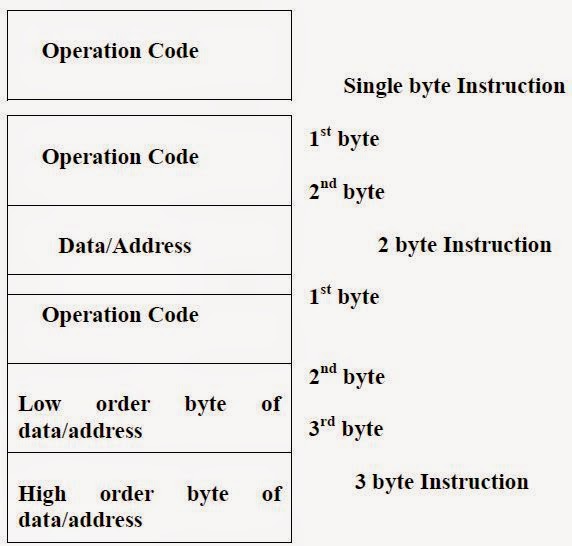Page Fault

An interrupt that occurs when a program requests data that is not currently in real memory. The interrupt triggers the operating system to fetch the data from a virtual memory and load it into RAM. An invalid page fault or page fault error occurs when the operating system cannot find the data in virtual memory. This usually happens when the virtual memory area, or the table that maps virtual addresses to real addresses, becomes corrupt. A page fault is a trap to the software raised by the hardware when a program accesses a page that is mapped in the virtual address space, but not loaded in physical memory. The hardware that detects a page fault is the memory management unit in a processor. The exception handling software that handles the page fault is generally part of the operating system. Types of Page Faults 1. Minor If the page is loaded in memory at the time the fault is generated, but is not marked in the memory management unit as being loaded in memory, then it is...






